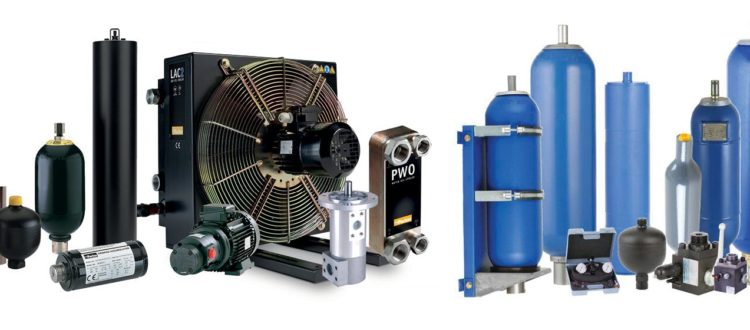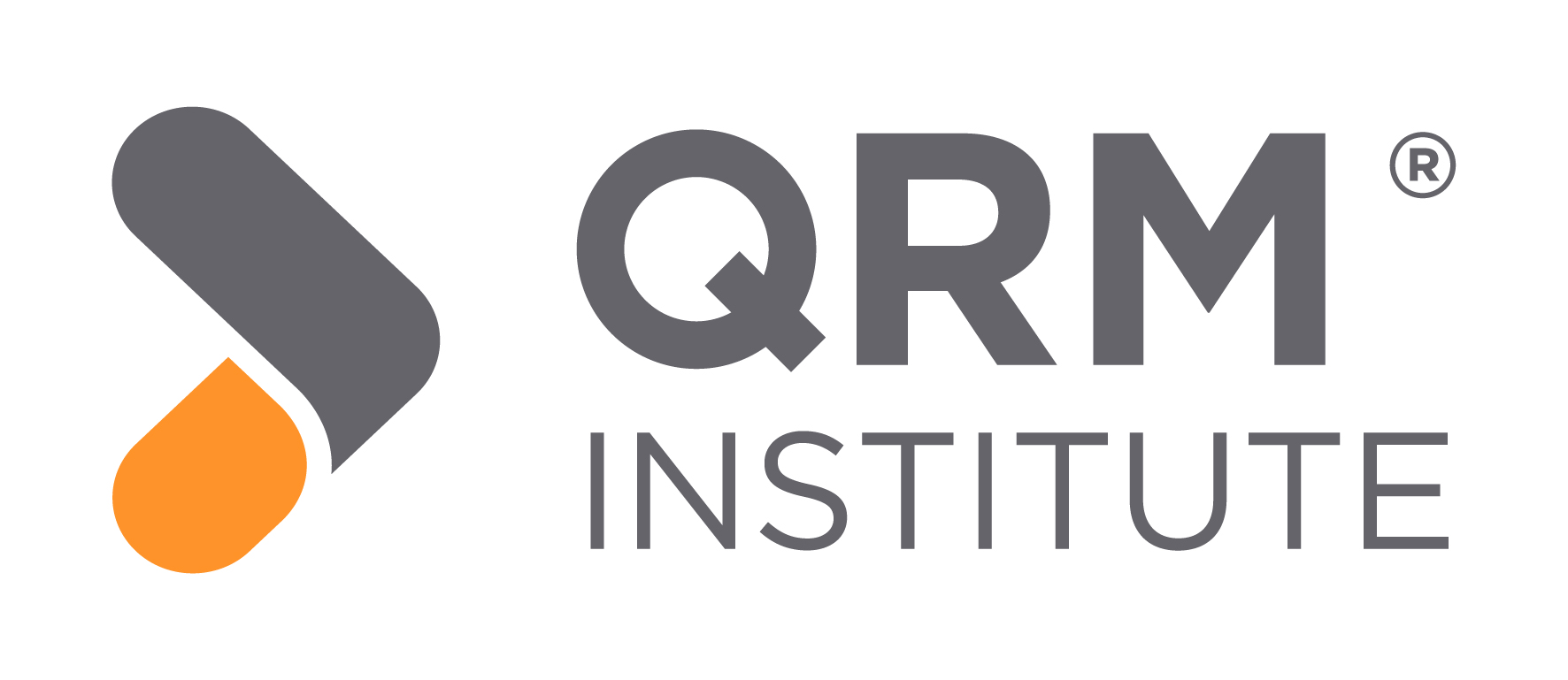Parker introduces QRM and optimizes the production process

By Pascal Pollet – Sirris, Belgium
Parker Hannifin is globally active in motion & control technologies. The arrival of a number of new machines and the takeover of production activities from another European department, prompted a different approach in production at the Belgian site. The company investigated how it could optimize the production, layout and the lead time. QRM brought the right solution.
The company is the global market leader in the development, production and sales of technologies, systems and components for drive, control and process control. It offers tailor-made solutions for the most diverse engineering problems in a wide range of fields. From energy, water and agriculture to hydraulics, aviation and shipbuilding.
Parker operates in more than 50 countries worldwide. The department in Boom, near Antwerp, belongs to the Engineered Materials Group, responsible for the production of ‘seals and shielding’s’. The site produces a wide variety of sealing rings, high-precision components from PTFE (with various diameters up to 4.5 m), for a wide range of applications and sectors. The majority of orders involves small numbers of products that do not (frequently) recur. These products have to meet different requirements, which affects the production process. Generally speaking, this is a linear process in which the materials are released and prepared, finished at CNC machining centres, followed by assembly, possibly finishing, quality control and packaging before shipment.
Extra activities and new machines
Parker Business Unit PTFE has set itself the objective of reducing delivery times by 50 percent and thus started to focus on Quick Response Manufacturing (QRM). A number of employees attended the QRM training at Sirris in Belgium.
In the same year, the closure of another European branch brought additional activities to the Belgian site. This also resulted in to more work, while some new machines were purchased and required an adapted layout. A reorganization of the production and production hall therefore became necessary. The company wanted to find out if lead times could be reduced by half this way, which could then lead to new market opportunities. A major internal project was set up for this reorganization and for the simultaneous implementation QRM.
‘Value streams’
The production was scrutinised and each element was analysed. Some of the issues found included the organisational structure; the difficult planning of the machines and the incorrect assessment of the workload, which caused the organisation of the capacity of each department to go wrong.
Based on batch sizes and the repeat-ability of orders, production was divided into ‘repetitive business’ and ‘non-repetitive business’ – the largest group. This also involved a transition from the traditional division in to different departments to two streams (‘value streams’). Each one broken down into three production cells, while leaving room for prototyping and quality control. Each stream was individually organised. This intervention also involved the first steps of the implementation of QRM. with the start of a self-managing team for the flow of repetitive products. All this within an autonomous cell with a value-stream coach. In the cell, the machine tools were set up in a logical order, with direct supply from the warehouse, where the work preparation takes place from now on. The stock for the cell is on site. Packaging is also included in the entire process.
Step-by-step implementation
In the short term, the value stream for non-repetitive business will also be started up. To (provisionally) make the distinction between the two streams; paper with different colours is used for the two work orders. The introduction of this system also increased the visibility of the workload of the various streams, which allowed for a better distribution.
The actual implementation started in January 2018. It including QRM training for the (former) team leaders, followed by a general practical introduction for all employees, with the opportunity to ask questions and a call for volunteers for this project. These volunteers were asked to define their own objectives, the first of which was the lead time.
In the meantime, several cells have already been formed on the production floor according to the QRM strategy. The changes not only have a physical, but also an emotional impact on the work floor. The fact that the employees are allowed to take control, have input and give feedback, ensures a higher motivation and involvement.
Ambitious plans
A lot of work still needs to be done in the future; the implementation of the value flow for non-repetitive business is ready to start early 2019 (to avoid confusion due to the old and new structure). The layout will also be further optimized in function of the new machines and the new activities and products. Furthermore, the set-up of a Q-ROC is in full progress.
Thanks to the first interventions, the lead time is already moving in the right direction. If it decreases further, more overcapacity will arise, giving room for further optimization and flexibility. Overcapacity in machining centers can be compensated by letting the operators also do the post-processing.
By achieving the first project goal thanks to the implementation of QRM – to halve the lead time (minimum) – the site in Boom strives to be a source of inspiration for the other Parker branches.
